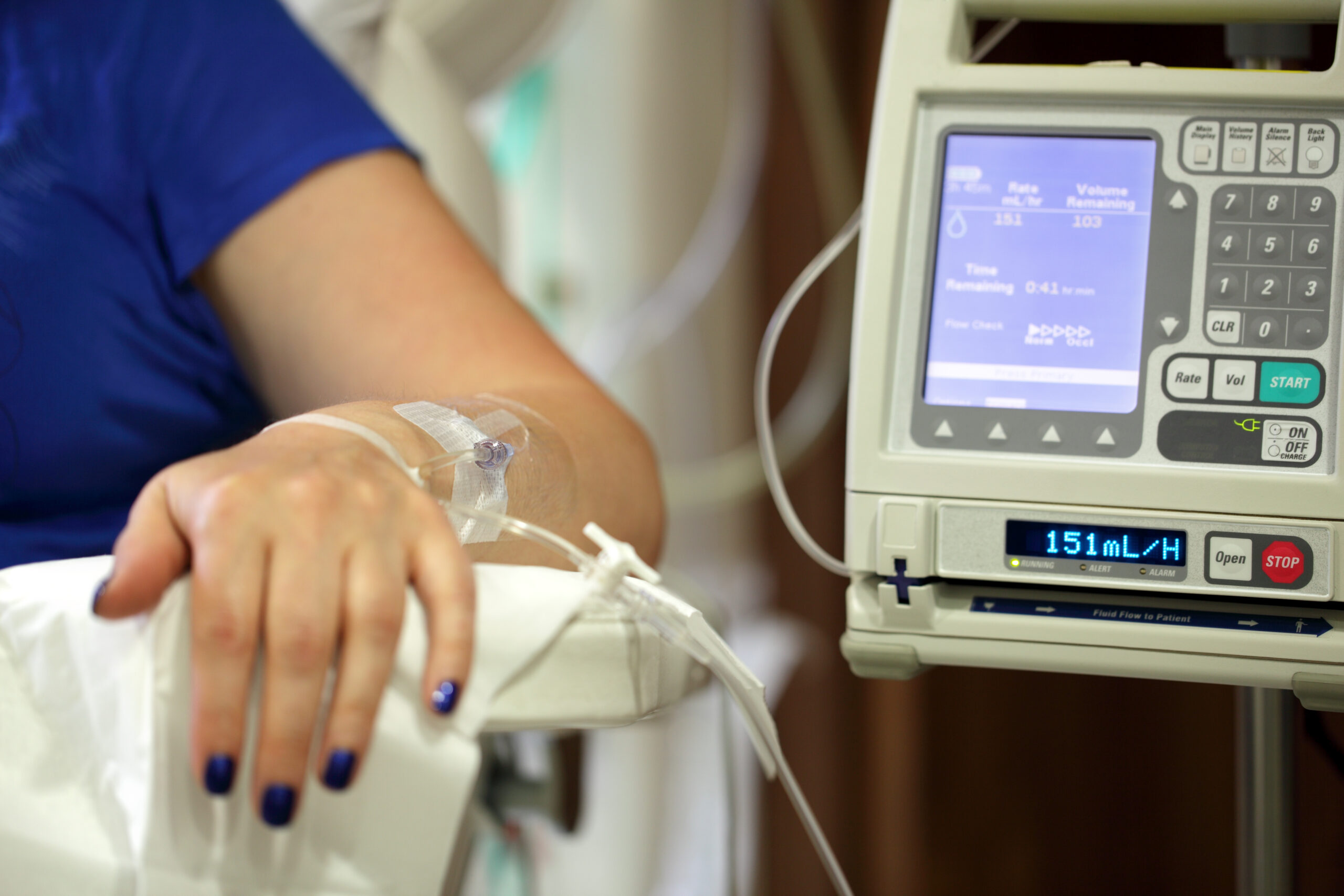Designing medical devices involves creating tools that are not only effective but also intuitive and safe to use. Two key concepts in achieving this goal are affordances and signifiers. Both play crucial roles in guiding users’ interactions with devices, but they do so in different ways. This blog post explores how affordances and signifiers are similar, how they differ, and how they work together to enhance the design of medical devices.
What are Affordances and Signifiers?
Affordances refer to the properties of an object that suggest how it can be used. Coined by psychologist James J. Gibson, the term was later popularized in design by Don Norman. In the context of medical devices, affordances are the inherent (physical, generally) features that indicate their functionality.
For example, the shape of a handle on a syringe suggests that it is meant to be held and pushed. The affordance is the aspect of the design that provides a clue about its operation without the need for additional instructions.
Signifiers are indicators that communicate how to use an object. Unlike affordances, which are intrinsic, signifiers are explicit cues added by designers to clarify how a device should be used. These can be visual, tactile, or auditory elements.
For example, a button labeled “Start” on a medical device serves as a signifier. It clearly indicates to the user that pressing this button will initiate the device’s function.
Similarities Between Affordances and Signifiers
Guiding User Interaction
Both affordances and signifiers are crucial in guiding user interaction with medical devices. They help users understand how to operate the device, which is especially important in high-stakes medical environments where errors can have serious consequences.
Enhancing Usability
Both concepts aim to enhance the usability of medical devices. By making devices more intuitive, affordances and signifiers reduce the learning curve and make it easier for users to perform their tasks correctly and efficiently. They also reduce the need for comprehensive instructions for use (IFUs) and training.
Improving Safety
Affordances and signifiers both contribute to improving safety. Clear indications of how a device should be used help prevent misuse and reduce the likelihood of errors, which is critical in healthcare settings.
Differences Between Affordances and Signifiers
Nature of Cues
- Affordances: These are inherent properties of the device that naturally suggest its use. They are built into the design and do not require additional explanation. For instance, a knob that can be turned has an affordance for rotation.
- Signifiers: These are added cues that explicitly indicate how to use the device. They can take the form of labels, icons, lights, or sounds. For example, an arrow pointing to a button with the text “Press here” is a signifier.
User Dependency
- Affordances: Users often rely on their previous experiences and intuition to interpret affordances. The effectiveness of an affordance can depend on the user’s familiarity with similar objects.
- Signifiers: Signifiers provide explicit instructions that can guide even inexperienced users. They help bridge the gap when affordances alone are not sufficient to convey the correct use of a device.
Design Implementation
- Affordances: Designing for affordances involves shaping and structuring the device in a way that naturally suggests its use. This requires an understanding of how users interact with objects in general, but also how the device will fit within its specific context, environment, and scenarios of use.
- Signifiers: Implementing signifiers involves adding visual, tactile, or auditory elements to guide the user. This often requires user testing and iterative design to ensure the signifiers are clear and effective.
How Affordances and Signifiers Work Together
Complementary Roles
Affordances and signifiers work together to create a cohesive user experience. While affordances provide the initial clues about how to interact with a device, signifiers reinforce and clarify these cues, ensuring that users understand the correct way to operate the device.
Example: Infusion Pumps
- Affordance: The handle and shape of an infusion pump suggest that it can be carried and placed on a flat surface. The shape and protuberance of the buttons suggest that they can be pressed, while the shape of the ports suggest that tubing can be inserted there.
- Signifier: Labels and icons on the device indicate where to insert the tubing, how to set the dosage, and which buttons to press to start and stop the infusion.
In this example, the affordance of the handle makes it clear that the pump is portable, while the signifiers provide detailed instructions on how to use it correctly.
Example: Automated External Defibrillators (AEDs)
- Affordance: The shape and size of the AED paddles suggest they are meant to be held and placed on the patient’s chest.
- Signifier: The AED includes visual instructions and auditory prompts that guide the user through the steps of performing defibrillation, such as where to place the paddles and when to press the shock button.
Here, the affordances of the paddles indicate their use, while the signifiers ensure the user follows the correct procedure.
Designing Effective Medical Devices
Focus on Intuitive Design with Affordances
When designing medical devices, it is essential to focus on creating intuitive affordances that align with users’ natural interactions. This means considering the physical properties of the device and how they suggest its use.
Add Clear Signifiers
In addition to designing for affordances, it is important to incorporate clear and effective signifiers. This involves using labels, icons, colors, and sounds that can guide users through the correct operation of the device.
User Testing and Iteration
To ensure that both affordances and signifiers are effective, it is crucial to conduct user testing and iterate on the design. Gathering feedback from actual users can highlight areas where affordances and signifiers need improvement.
Consider Diverse Users
Medical devices are used by a wide range of individuals, from highly trained professionals to patients with little medical knowledge. Designing affordances and signifiers that cater to this diverse user base is essential for creating universally usable devices.
Conclusion
Affordances and signifiers are both critical components in the design of medical devices. While affordances provide natural clues about how a device should be used, signifiers offer explicit instructions to ensure correct usage. By understanding and leveraging the complementary roles of these concepts, designers can create medical devices that are intuitive, safe, and effective. This harmonious integration enhances usability, improves safety, and ultimately leads to better patient care.
Contact us to learn more about medical device design and how we can assist your human factors needs.




